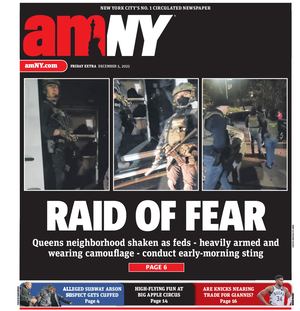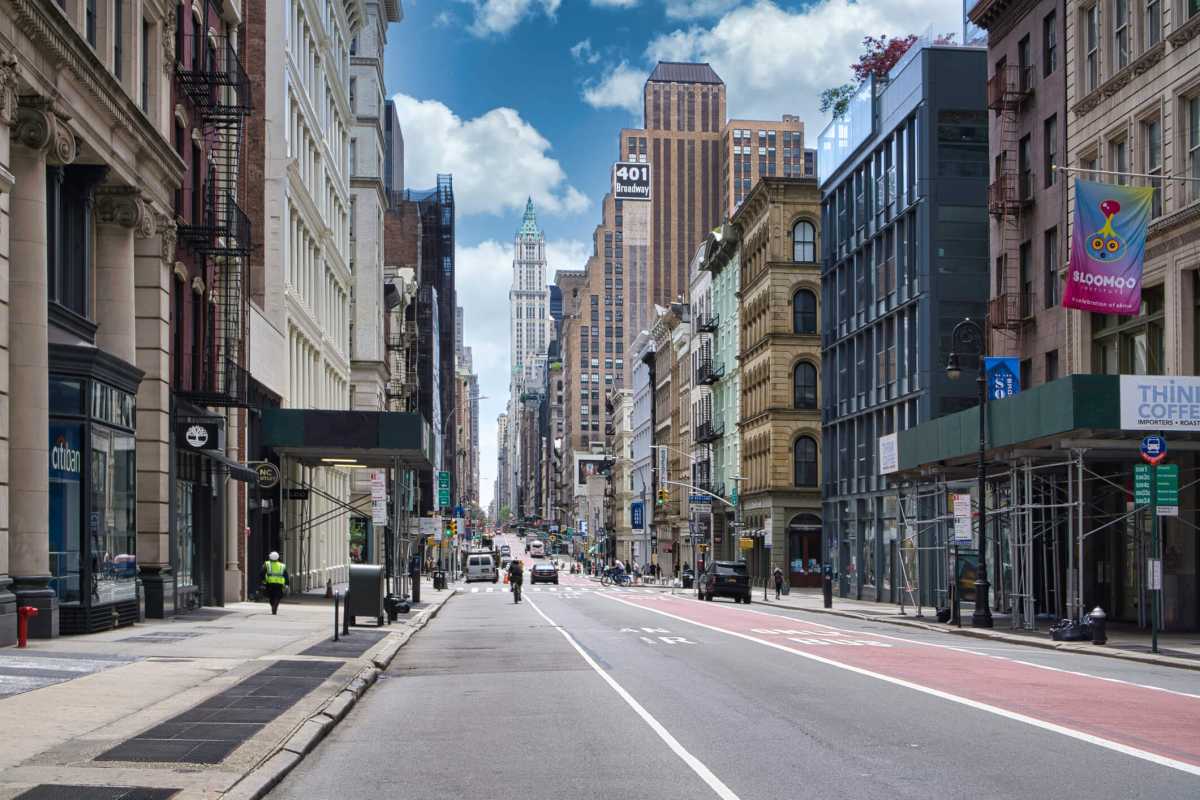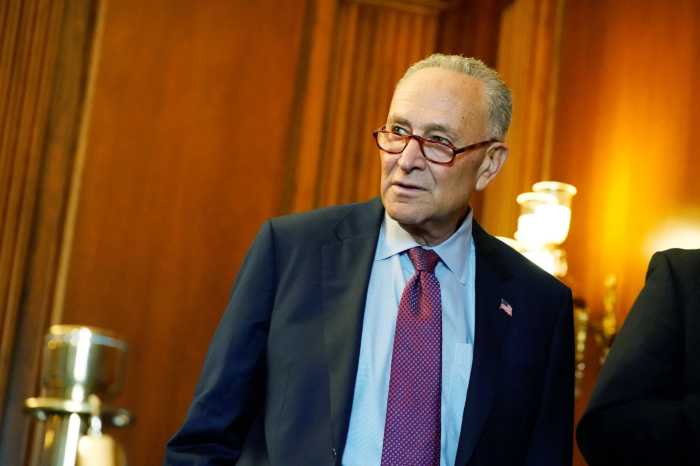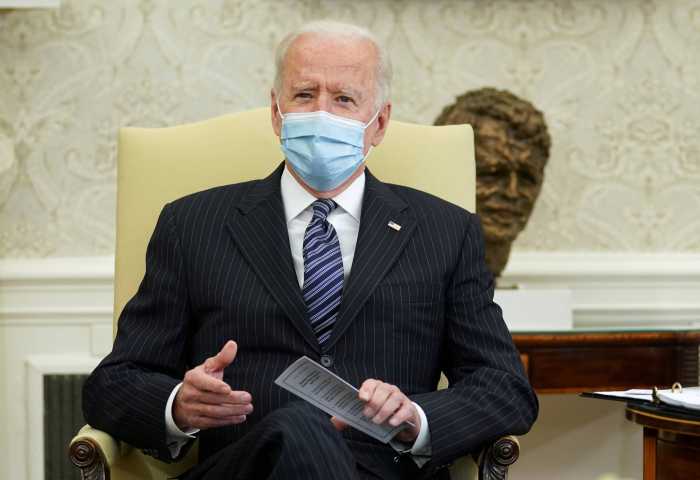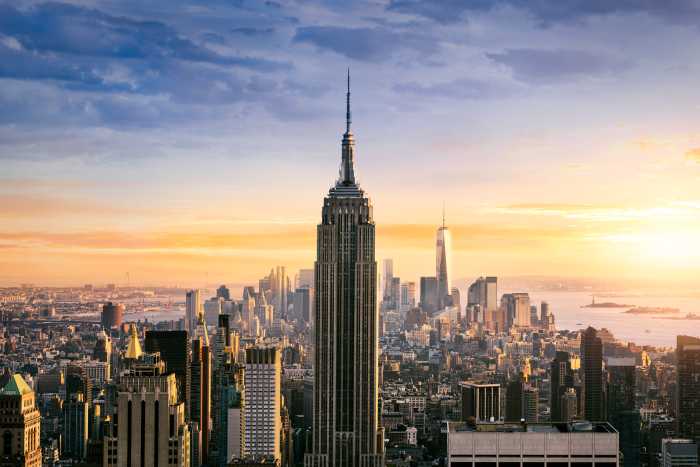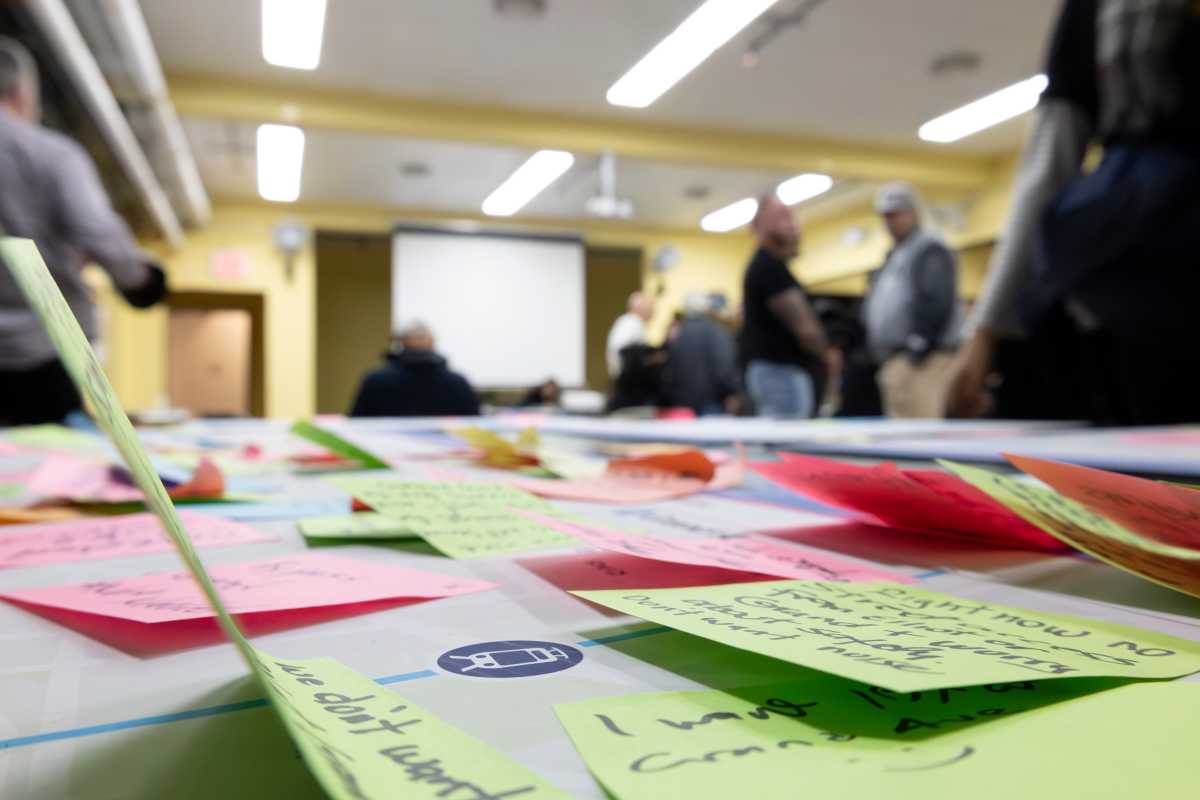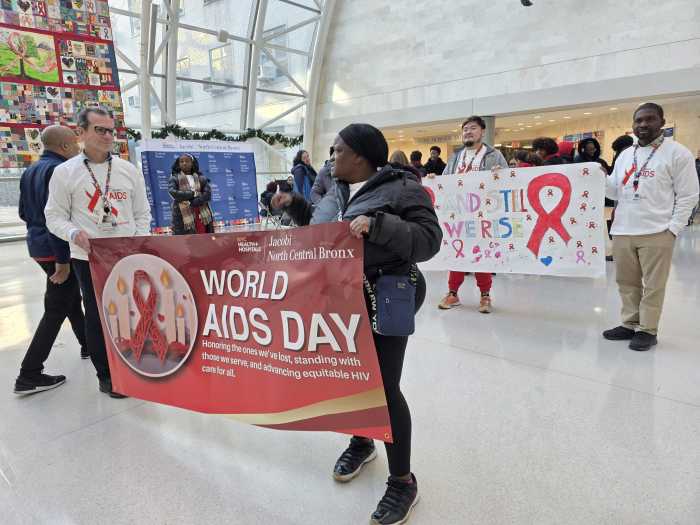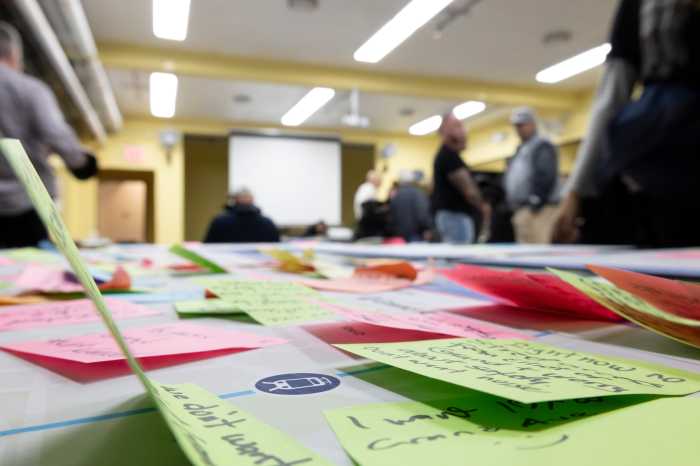The $1.2 trillion federal infrastructure package pushed by President Joe Biden and passed by Congress represents a chance of a lifetime to create sustainable jobs, address historic inequity issues, and make cities a better place overall.
And while there is reason for real optimism, particularly in New York, there are also considerable hurdles that must be cleared. For the infrastructure package to prove a historic success, so many others must step up — starting with the federal government, which could accelerate the deployment of funds while also making sure the regulatory process does not needlessly delay critical projects.
State legislatures and local governments like the City of New York must ensure that the money they receive is on top of — not replacing — capital funding already in the pipeline.
Even more important is they ensure the federal money goes to projects that uplift communities long underserved, and too often, completely ignored.
The legacy of master builder Robert Moses, who during his time made infrastructure sexy, is now being reevaluated for plans and policies that often divided areas by race and income. Whether splitting the Bronx via the Cross Bronx Expressway or lowering overpasses so buses carrying families of color from the five boroughs could not get to Long Island beaches, Moses’ building policies led to generations of deep inequities that left many neglected, mired in poverty, and suffering from chronic health problems.
Similar policies hurt communities of color disproportionately throughout the U.S., making it for many the Divided States of America when it comes to the impacts of infrastructure projects.
Industries and businesses must also step up. That means bringing employees back en masse while making reasonable accommodations for their health concerns. All the electric buses, extended subway lines, revitalized transit hubs, or bridge and road improvements won’t matter if people aren’t using the services. While the wealthy can more easily work from home — or simply drive into urban areas like New York City — the failure to restore trust and ridership could ultimately lead to mass transit service cuts in the name of “rightsizing”, which would negatively impact lower-income workers for whom subways and buses serve as “the great equalizer”.
Through public and private sector partnerships, infrastructure projects to improve roads, bridges, and mass transit could also ultimately lead to more affordable housing and other opportunities that would greatly benefit communities of color and lower-income neighborhoods.
But if offices stay largely empty, will private industry even want to build more office buildings that could generate the needed revenues for affordable housing and other projects that can help attack the equity gap? According to a recent survey by the Partnership of New York City of its members, just 28% of Manhattan office workers as of the end of October were at the workplace on an average weekday, while an anemic 8% were in the office five days a week — and 54% remain fully remote.
Even more concerning, a third of employers expect their office space needs will decline over the next five years and 13% expect a reduction in jobs located in New York City, according to the Partnership survey.
At its recent centennial gala, Building Congress President & CEO Carlo Scissura talked about how the years ahead will be busy and lucrative for both the industry and the state.
But for New York and the rest of the nation to truly benefit to the max, everyone must come together now in this opportune time. Done right, this infrastructure package can usher in overdue improvements and begin correcting long-standing inequities with an even bigger, positive, and more sustainable impact.
Lovett is a partner at Ichor Strategies, the largest Black-owned professional services firm in the U.S. He is a former senior advisor at the Metropolitan Transportation Authority and a longtime reporter.
